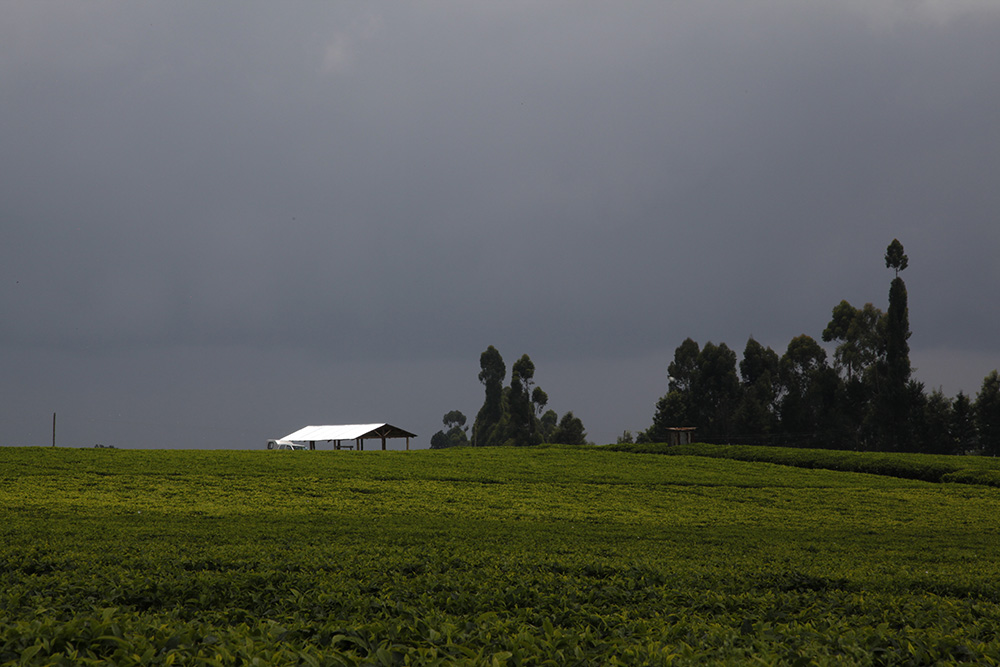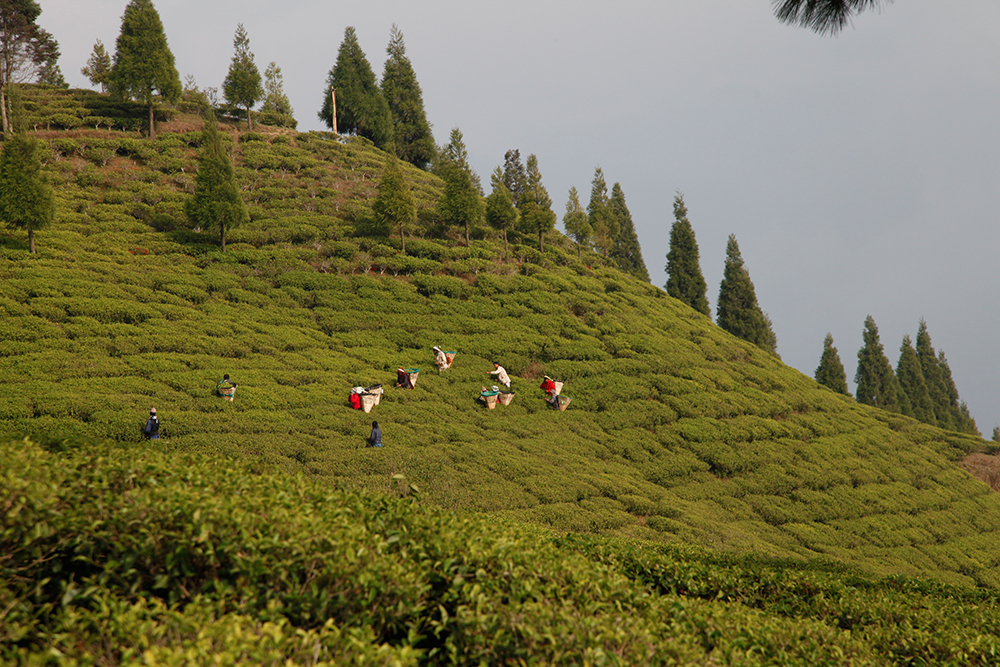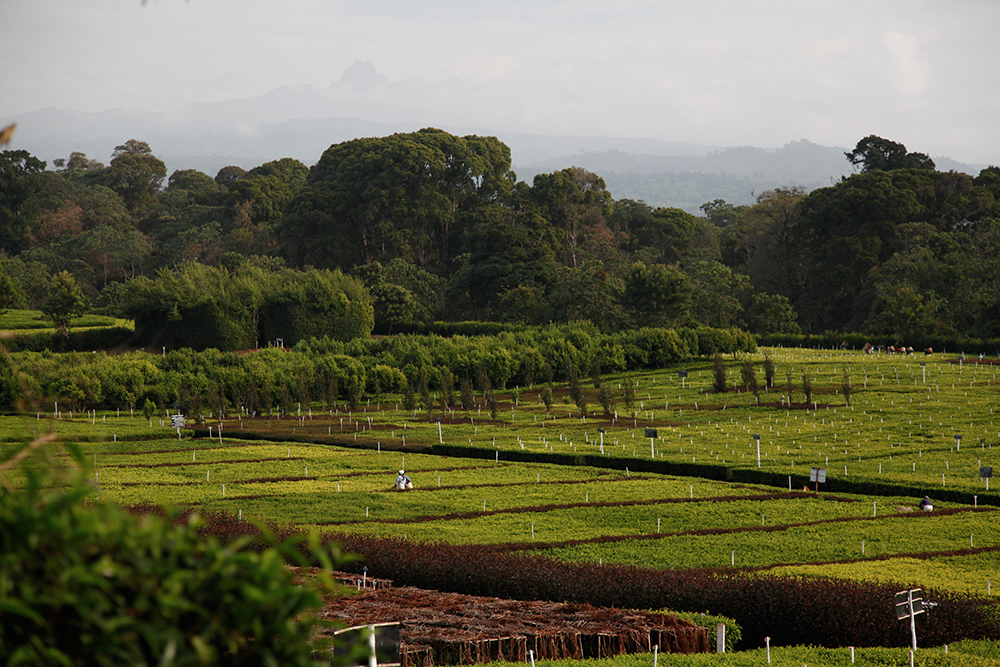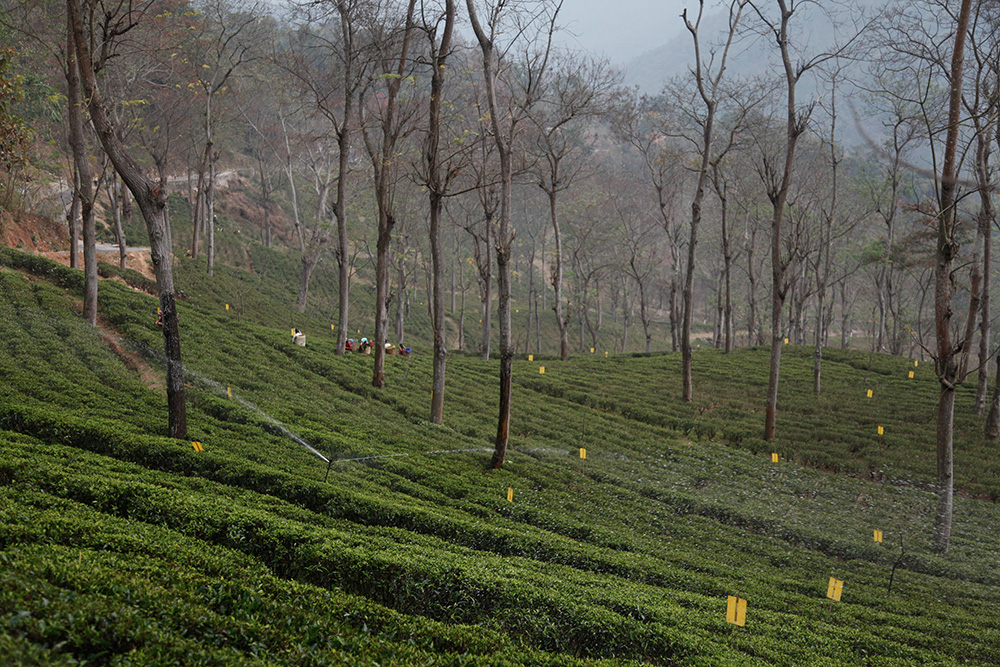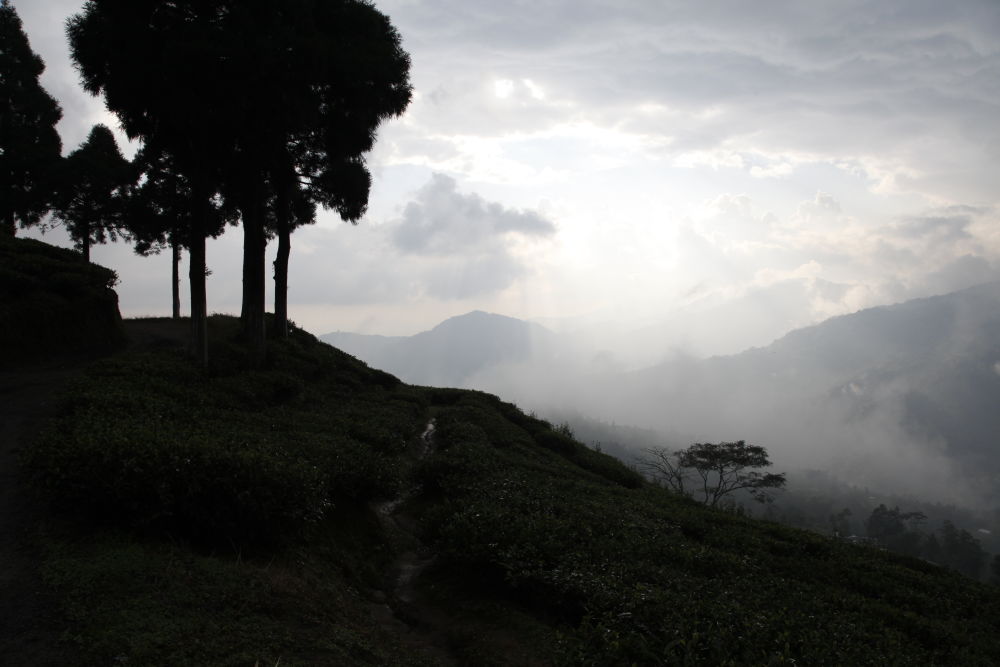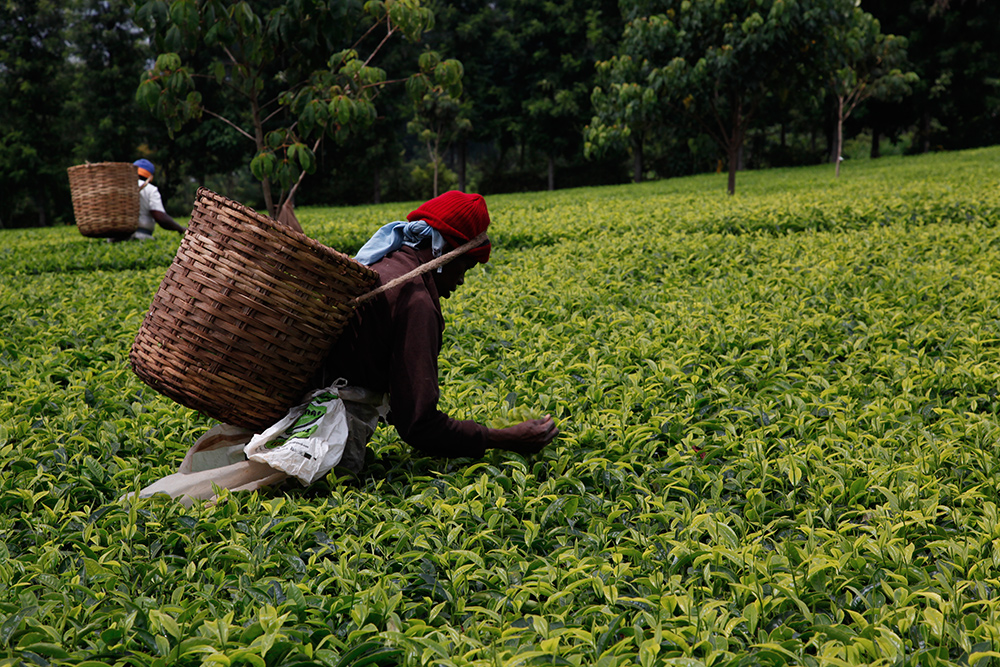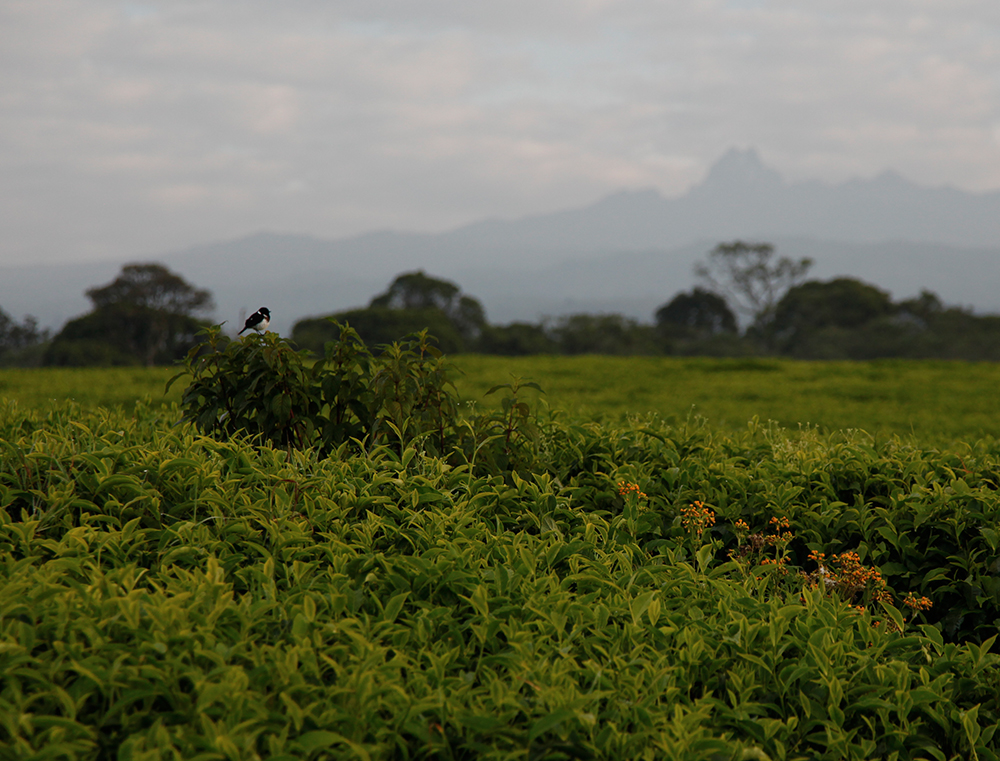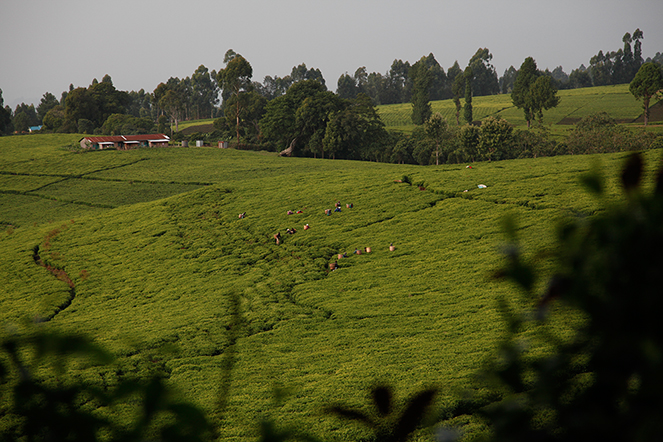From the time the tea leaves are harvested to the moment they reach the factory for processing, they must not be allowed to start fermenting, as this could spoil the quality of the tea. So in various locations around plantations there are small shelters built to protect the leaves from rain until they are taken to the factory.
From plant to cup
Darjeeling teas and Nepalese teas: two schools
Due to a way of thinking I don’t share, Darjeeling tea producers fear competition from their Nepalese neighbours. They think the latter are copying them and can sell their teas more cheaply, because of their lower production costs.
Yes, Nepalese teas sometimes offer good value for money, but they are not copies of Darjeelings. There are some passionate planters in Nepal who know that their country still needs to prove itself to gain recognition in the world of tea, and as a result, they try to be innovative. In Darjeeling, planters are in a more comfortable position due to their reputation that is often – but not always – merited.
So, they are two different worlds: innovation on one side, tradition on the other. By looking carefully and being highly selective, you can find excellent teas on both sides of the border. And it would be a shame to deprive yourself of either kind.
Darjeelings in demand
It’s not an easy job, growing tea. In Darjeeling, after a winter that was too dry, it did eventually rain, but a few days ago an unusually violent hailstorm hit the region and caused considerable damage on plantations in the north of the district. Luckily, between the rain and hail, a few very good batches were produced, and I’m pleased to say that we will shortly be receiving some remarkable teas from Risheehat, Puttabong, Singbulli, Thurbo Moonlight, North Tukvar, DelmasBari and Turzum.
Speaking of Turzum, here’s a photo I took in March of Anil Jha, one of the three most respected planters in Darjeeling. Here, he is concentrating on the smell of the damp leaves that are in the lid of the tasting set.
A premium tea from Kenya
In my teapot this morning, a portion of Mount-Kenya Golden-Leaves is opening up in the water. This is the first premium tea I’ve found in Kenya, and it has just arrived. I love its notes of honey, wood, wax and liquorice. They are warming, and celebrate the end of winter in their own way. They make you want to stay indoors a little longer, warm and cosy. They make you want to breathe in their aromas, cupping the bowl in both hands.
The microclimate of Darjeeling plantations
On the Delmas Bari plantation, where I was a few days ago, some plots were being watered as the ground was so dry. On this Darjeeling slope, which faces Sikkim, it hasn’t rained since October. In other areas, there had been a little rain in the previous days. This difference in climate on plantations barely a few kilometres apart is very specific to Darjeeling. Even on the same plantation there can be considerable variations in weather. Luckily, as we can see in this photo, the tender green buds are starting to grow. On this plot, there will be just one or two days longer to wait before the harvest can start in earnest.
A scarf for a blessing
In India, people sometimes welcome you by placing a silk scarf around your neck and blessing you. At DelmasBari, I was so saddened to see how dry the soil was that, in front of my hosts, I took the scarf that had just been given to me, and I blessed in my turn. I blessed one of the tea plants on the plantation, in the name of all the others, and I prayed for rain to come.
Waiting for rain in Darjeeling
In Darjeeling, where I am at the moment, there wasn’t a drop of rain in January or February. This means most plantations haven’t started to harvest yet. Only the ones with plots at low altitudes, who irrigate their plants, have been able to produce a few batches. But here, the first teas are never the best. In Darjeeling, when you’re looking for quality, you can never be in a hurry.
From field to factory
As soon as the tea leaves are picked, they must be taken to the factory as quickly as possible. The piles of leaves must not be allowed to ferment. Accidental fermentation is known to affect the quality of the tea. Here, in Kenya, they use very large baskets that are well ventilated so that the plucked leaves have room to breathe.
A tea plantation in Kenya
Kangaita in Kenya is one of the country’s few plantations that produce high-quality teas; in other words, whole-leaf. The national park of Mount Kenya borders the garden and many birds flit about the tea plants. On the other hand, elephants are not welcome, because of the damage they cause.
Here, you can see the peaks of Mount Kenya in the distance: the highest is 5,199 metres.
Tea from the slopes of Mount Kenya
Kenya is one of the biggest exporters of tea on the planet. Sadly, most of its tea is CTC (Cut, Tear, Curl) – the type used in tea bags. But that should not prevent us from seeking out, at higher altitudes, small producers aiming for quality. So here I am, on the slopes of Mount Kenya, tasting some magnificent black teas. It goes to show, one should not rush to judge: just as some great “appellations” occasionally throw up unpleasant surprises, I sometimes come across passionate people who have acquired serious expertise, in less well-known places.

